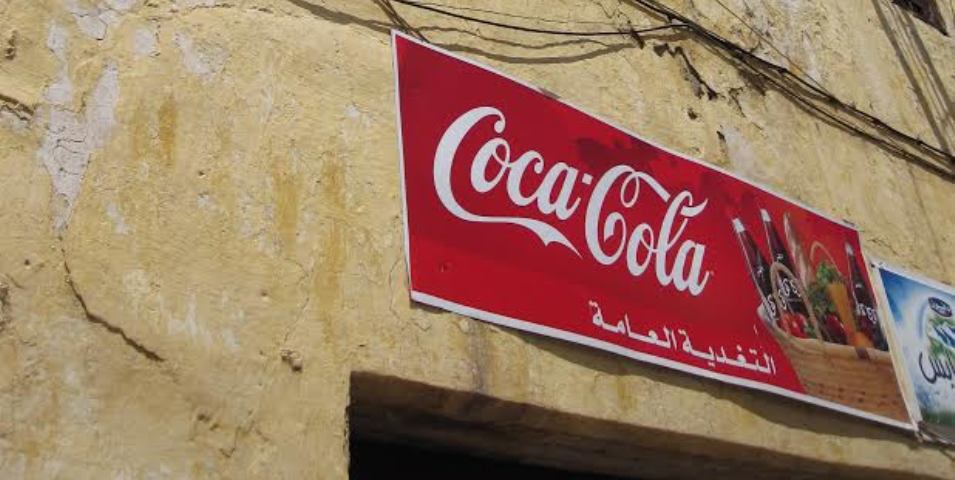
“How can Coke invest in social initiatives and claim to be a good corporate citizen when it is promoting a sugar filled drink that rots teeth?”
It is a good question, put to the group at the sixth international shared value training program discussing branding purpose, held by SVI and the Shared Value Project in Sydney earlier this month. The group was addressing the Coke Coletivo initiative.
Can a ‘bad’ company become good? Is it allowed to try? And what are the terms of redemption? What are the risks of branding purpose?
As the room debated the importance of net impact – the sum impact of a company – I couldn’t help feeling for Coke.
A global brand, Coke is rapidly acquiring new beverages to fold into its portfolio. From juices, to teas and coffee.
But Coke is Coke.
It comes in a red can, it is full of sugar and it has a distinctive taste.
96,797, 585 people on Facebook like Coke. It’s brand equity is estimated to be worth $78,423 million by Interbrand, making it the 3rd most valuable brand in the world.
The company has built a brand experience that has as its core elements, fun, freedom, energy and youth. The sound of the can opening evokes these feelings for most Coke drinkers – whether they consciously register it or not. They are positive feelings.
Coke makes you feel good. People feel for Coke.
So do I.
When the Coca-Cola company has tries to wean people off the original with Diet Coke, Coke Zero and, more recently, Coke Life (whose predicted demise has the media reaching inside the Coke closet for its many failed adventures), it can only go so far.
That patented Coke taste is what we want, sugar and all! We’ve been well trained and we’re willing disciples.
However, with forces continuing to gather as governments and NGOs tackle endemic obesity and related diseases such as type 2 diabetes, what does Coke do? Pariah status is well on its way to being entrenched.
The answer is to change the dialogue with consumers and that starts with the brand. Yes, it’s about freedom but it’s also about living well and living long. With its huge market reach and millions diehard consumers, Coke can achieve massive social change by evolving the brand experience and the product with it.
The risk of the great Coke diaspora is real: there are plenty of competitors eager to welcome them. But the risk of not reducing the sugar is rapidly escalating, and it’s not just reputation at stake, it is regulatory compliance that will be lost in future.
Big names are backing change, such as Jamie Oliver calling on Australia to ‘pull its finger out’ via viral video last week.
Shared value offers a means for Coke to analyse the risks and opportunities but, more importantly, change the conversation with consumers.
If they do it well, they’ll likely win new consumers while retaining (most of) the loyal base they have.
Coke is not alone.
One wonders what the future looks like for KFC, a company that relies on selling ultra-fatty battered battery farm chickens accompanied by fries glistening with a crystalline coat of sugar and salt. At some point, KFC will need to make a decision to take its consumers with it, educating them that low prices are not a substitute for health and humane treatment of animals.
Helping to facilitate the training program, I raised the question of Coke’s transition to the group.
As CEO or the head of brand for the global giant, how could you re-orient the business to secure its future? How could the brand be a force for good?
Right now, Ellis Jones is working major public companies and NGOs to define social purpose, explore its place in the customer brand experience and find shared value creation opportunities.

